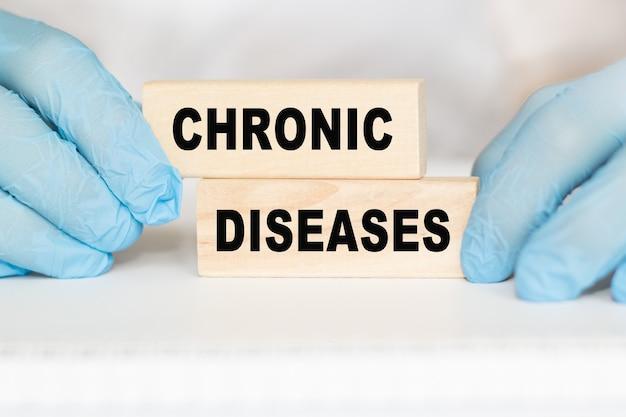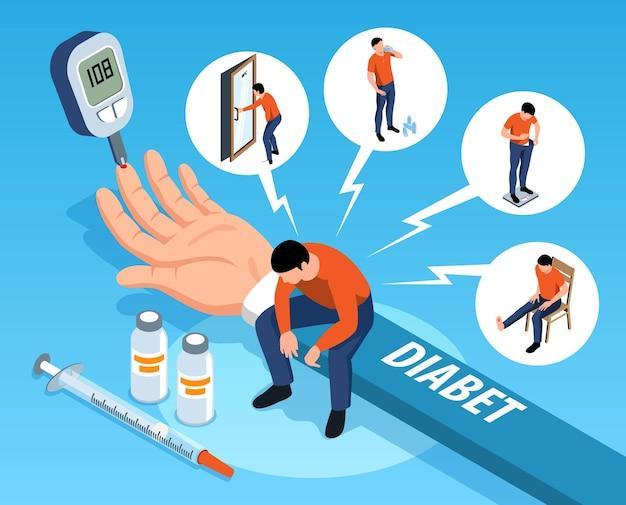“Understanding and Managing Chronic Illnesses: A Comprehensive Guide”
Introduction:
Living with a chronic illness, such as diabetes or hypertension, can present unique challenges that require a proactive and informed approach. This guide aims to provide valuable insights into understanding and effectively managing chronic illnesses, enabling individuals to lead fulfilling lives while prioritizing their health.

Section 1: What Are Chronic Illnesses?

● Definition of chronic illnesses.
● Common examples: diabetes, hypertension, asthma, arthritis, etc.
● Differentiating chronic conditions from acute ailments.
Section 2: Understanding Diabetes:
● Explanation of diabetes types: Type 1, Type 2, and gestational diabetes.
● Causes, risk factors, and potential complications.
● Importance of blood sugar control.
● Monitoring blood glucose levels: methods and frequency

Section 3: Managing Diabetes:
● Healthy eating habits and meal planning.
● Importance of physical activity and exercise.
● Medications and insulin therapy
● Blood sugar monitoring devices and their usage.
● Creating a diabetes management plan.

Section 4: Decoding Hypertension:
● Explanation of hypertension (high blood pressure).

● Contributing factors: diet, lifestyle, genetics, stress, etc.
● Health risks associated with uncontrolled hypertension.
Section 5: Managing Hypertension:
● Adopting a heart-healthy diet (DASH diet).
● Regular exercise and its impact on blood pressure.
● Medication adherence and treatment options.
● Monitoring blood pressure at home.
● Stress reduction techniques.
Section 6: Lifestyle Modifications for Chronic Illness Management:
● Importance of maintaining a healthy weight.
● Smoking cessation and its benefits.
● Limiting alcohol consumption.
● Quality sleep's impact on chronic conditions.
Section 7: Self-Care Strategies:

● Understanding and managing symptoms.
● Keeping regular medical appointments.
● Tracking and documenting health data.
● Advocating for your health needs.
Section 8: Building a Support System:
● Role of friends, family, and caregivers.
● Joining support groups or online communities.
● Open communication with healthcare providers.
Section 9: Mental Health and Coping:
● Addressing emotional challenges of chronic illness.
● Techniques for managing stress and anxiety
● Seeking professional mental health support.
Section 10: Navigating Challenges:
● Dealing with setbacks and relapses.
● Balancing work, social life, and health management.

● Adapting to lifestyle changes.
Conclusion:
Living with a chronic illness demands commitment, education, and resilience. By understanding the nuances of conditions like diabetes and hypertension and adopting effective management strategies, individuals can take control of their health and work towards a higher quality of life. Remember, while the journey may have its obstacles, seeking support from healthcare professionals, loved ones, and fellow individuals with chronic illnesses can make the path much more manageable.
